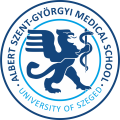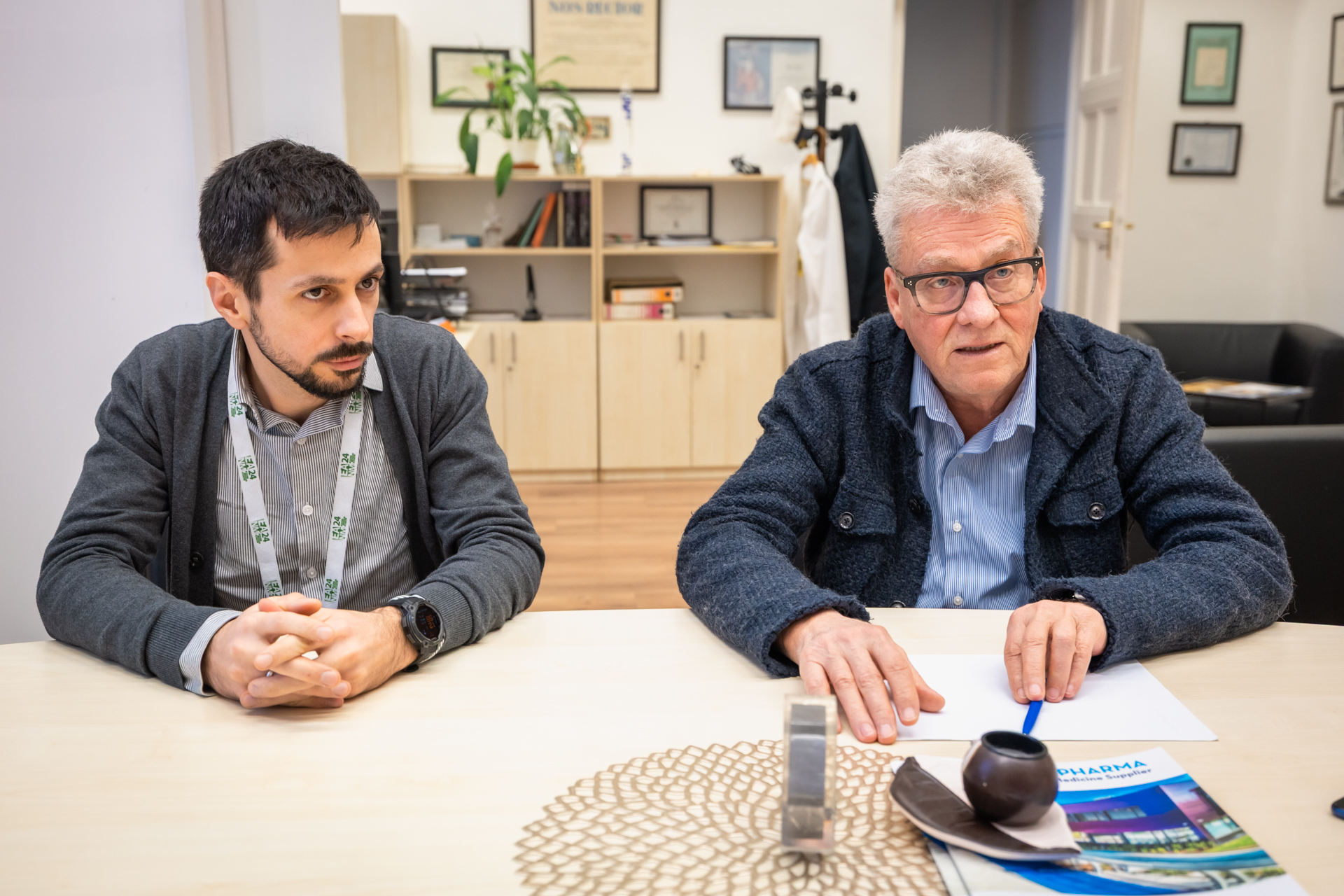University of Szeged
Albert Szent-Györgyi Medical School
Foreign Students' Secretariat
Your Education. Our Mission.

The brief history of medical education in Hungary and Szeged
Before the 12th century, intellectual and scholarly life concentrated in the monasteries. With the growing professionalisation of society in the 12th and 13th centuries, demand increased for educated professionals. The universities appeared in Europe from the 11th-12th century. Medieval universities were established for the study of arts, law, theology and medicine. Universities were not defined by location and space but by individuals banded together as a corporation. The end of the medieval period signalled the arrival of modern universities where teaching and research met.
In 1581, following the establishment of universities in other regions of Central and Eastern Europe, István Báthory, the Prince of Transylvania, issued a founding document for a higher educational institute in Kolozsvár (Cluj-Napoca). The Jesuit Academy (Societatis Jesu Academia Claudiopolitana) was organized with two faculties, the Faculty of Philosophy and the Faculty of Theology. The academy was meant to have the rank of a university from the beginning; Prince Báthory endowed the institute with the right to confer baccalaureate and master’s degrees on its students. At that time, the university held a unique place in the intellectual activity of Hungary; it was the only institute for higher education in Hungary.
The academy was soon closed due to religious and political turmoil, but the Jesuits re-established it and the institute gained more stability and prestige in the 17th century.
From 1753, according to a decree passed by the Holy Roman Empress and Queen of Hungary and Bohemia, Maria Theresia, the institute functioned as a university, where teaching was carried out in German. She was one of the most significant proponents of enlightened absolutism; her educational reforms were highly lauded. 1774 saw not only the introduction of mandatory education but also the start of change for the University of Kolozsvár. After the Society of Jesus had been abolished, Maria Theresia entrusted the Piarists with the reorganization of the institute. As a result of the restructuring–in addition to the Faculties of Theology and Arts–two new faculties were established, the Faculty of Law (1774) and the Faculty of Medicine-Surgery (1775).
Later on, these faculties served as the basis for the Hungarian Royal University of Kolozsvár, which was founded by King Francis Joseph I and the Hungarian Parliament in 1872. In 1881, the university was renamed after the king and bore his name until 1940.
In 1919, the university had to leave its founding place and after a brief stay in Budapest, found new home in Szeged. From 1921 until 1940 the Ferenc József Tudományegyem (Francis Joseph University) gained more and more prestige. When in1940 the university was divided and part of it moved back to Kolozsvár, the remaining staff and students, the laboratories and the library were reorganized. The university took the name of Miklós Horthy, who was a former Governor of Hungary. The first rector of this institute was Albert Szent-Györgyi, who received the most prestigious award of sciences in 1937, the Nobel-price, for his research conducted at the university.
After World War II the institute assumed the name University of Szeged. In 1951 the Faculty of Medicine formed an independent institution under the name Medical University of Szeged. The pharmacy training was started as an independent faculty (separate from the medical faculty) in 1957, and the Division of Dentistry as part of the Faculty of Medicine in 1962. The English-Language Program for foreign students was established in 1985. From 1999 there is also a German-Language Program at the Faculty of Medicine.
In 1987 the University assumed the name of its former Biochemistry Professor, Dean of the Faculty of Medicine, Rector, and Nobel Prize Laureate, Albert Szent-Györgyi who was first to isolate vitamin C, extracted from paprika. In 2000 the Albert Szent-Györgyi Medical University became again an integrated part of the University of Szeged. The Faculty of Medicine and the Faculty of Pharmacy functioned as the Albert Szent-Györgyi Medical and Pharmaceutical Center until July 2007. The Faculty of Dentistry was founded in January 2007.
The University of Szeged is one of the most distinguished universities in Hungary and is proud to be considered as the intellectual successor of the University of Kolozsvár founded in 1581.
The Historiae Domus of the Faculty is represented by some internationally known professors: József Baló (Pathology), Béla Issekutz, Miklós Jancsó (Pharmacology), Dezso Miskolczy (Neurology), Géza Hetényi (Internal Medicine), Albert Szent-Györgyi (Biochemistry).
The Faculty obtained its basis for education by running a high-level clinical and research work. The task of the Faculty is represented by three different fields: education, research-work, prevention-treatment. The Faculty consists of 51 different Departments (clinics, laboratories, pre-clinical departments).
As a result of the institutional accreditation process, the Hungarian Accreditation Board has accredited the University of Szeged until 9 April 2025 (resolution nr. 2020/03/V/1.), with a personalised assessment of progress on development proposals, monitoring procedure, including a personal visit.






